Cooking Basics: How to Steam
June 24, 2021
Knowing how to master the basic cooking techniques is a must if you want to make delicious meals for yourself, and especially if you rely on your home cooking for the majority of your meals. When you’re technique improves, your food improves, so it’s a skill that will bring you big (and tasty!) results. That’s why I’m starting a series in which I teach you the how and why of the basic cooking techniques so that you can get a better understanding of what these cooking terms mean and how to get a good result, every time.
What is Steaming?
Today we’re talking about steaming. Steaming is a wet heat cooking method, where you cook food using only steam. It’s often used as a healthy method to cook vegetables because it doesn’t require any oil and there’s no contact with direct heat, so no chance of charring or burning the food. Steaming is also great to cook vegetables evenly throughout. All you need to steam something is a pot and a steamer basket.
How to steam without a steamer basket
You can still steam food without a steamer basket. You can either a) make your own DIY steamer with a pot and some aluminum foil, or b) steam in the oven.
DIY Steamer Basket Method
No basket, no problem. You can make your own steamer by adding some water in a pot, placing a heat-safe strainer or sieve that fits inside it, and then cover the sieve and pot with a piece of aluminum foil big enough so that you can fold in the sides so that no steam can escape. The idea is that you use a container with holes in it (the sieve) over the steaming water (in the pot), and cover it to contain the steam (the aluminum foil lid).
Oven Method
Another method is to “steam” your food in the oven. Just lay a sheet of aluminum foil onto a baking tray, place your vegetables on top, and add about 5 tablespoons / 60-70ml of water. At this point, you can also season your vegetables if desired with salt, black pepper oil, or spices. Then gather the sides of the aluminum foil and bring them together to form a pouch. Fold the foil over itself to seal it closed. This will act as your steaming environment. Place in the oven and steam at 350ºF / 180ºC for the amount of time required (this will depend on the type of vegetable and its size).
How to steam
-
Firstly, the water in your pot cannot be touching the bottom of your steamer basket. Only add two fingers of water into your pot.
-
Keep in mind the kind of vegetable that you’re steaming. The harder the vegetable, the longer it’s going to take to cook. And as with all cooking, the size of the food will also affect the cooking time. The smaller it is, the less time it will take to cook, so how you cut your vegetables will affect the time. To give you an idea of the range of steaming times different vegetables can have, here are some examples from hardest to softest:
-
Sweet potato (10-25 minutes)
-
Carrot (10-20 minutes)
-
Zucchini (5-10 minutes)
-
Collard greens (30 seconds-1 minute)
-
-
The water should be boiling gently. You don’t want a hard boil, because firstly, you’ll run out of water quicker and secondly, there will be too much seam and your vegetables will be exposed to too much heat in a short period of time. The vegetable’s cell walls will break, and it’ll lose its form, color, and nutrients.
-
As soon as your vegetables are don’t steaming, immediately remove them from the steamer basket and place them in an ice bath to cool. If you leave them at room temperature, they’ll continue cooking despite being away from the seam because they’re already very hot and the residual heat will continue cooking them.
-
If steaming vegetables ahead of time or for meal prep, be sure to steam them for less time than you would normally because when you reheat them, they’ll be exposed to heat again and continue cooking.
↑ watch the video above to see how I talk you through how to steam properly and get the best, vibrant, non-mushy steamed vegetables


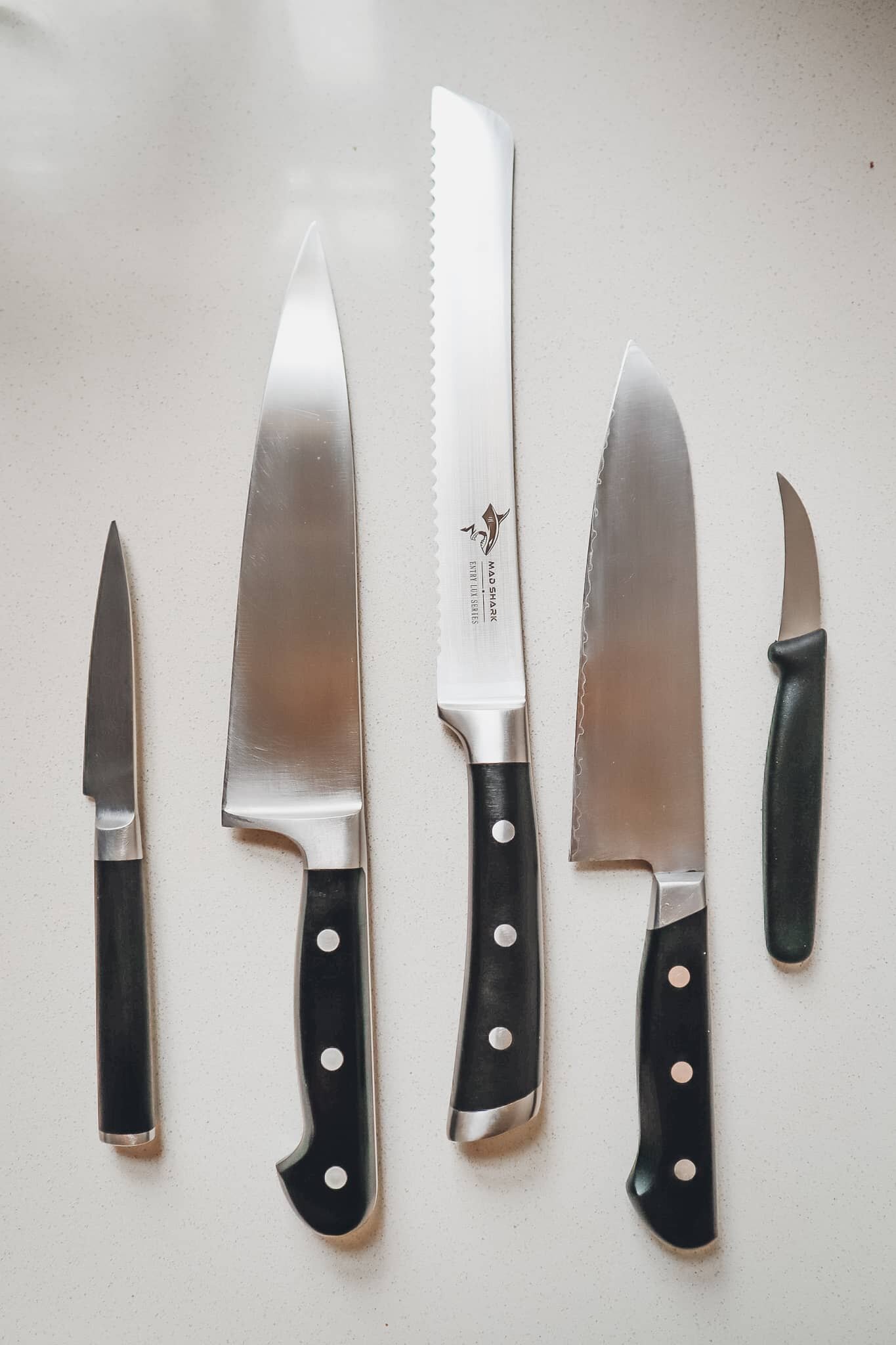

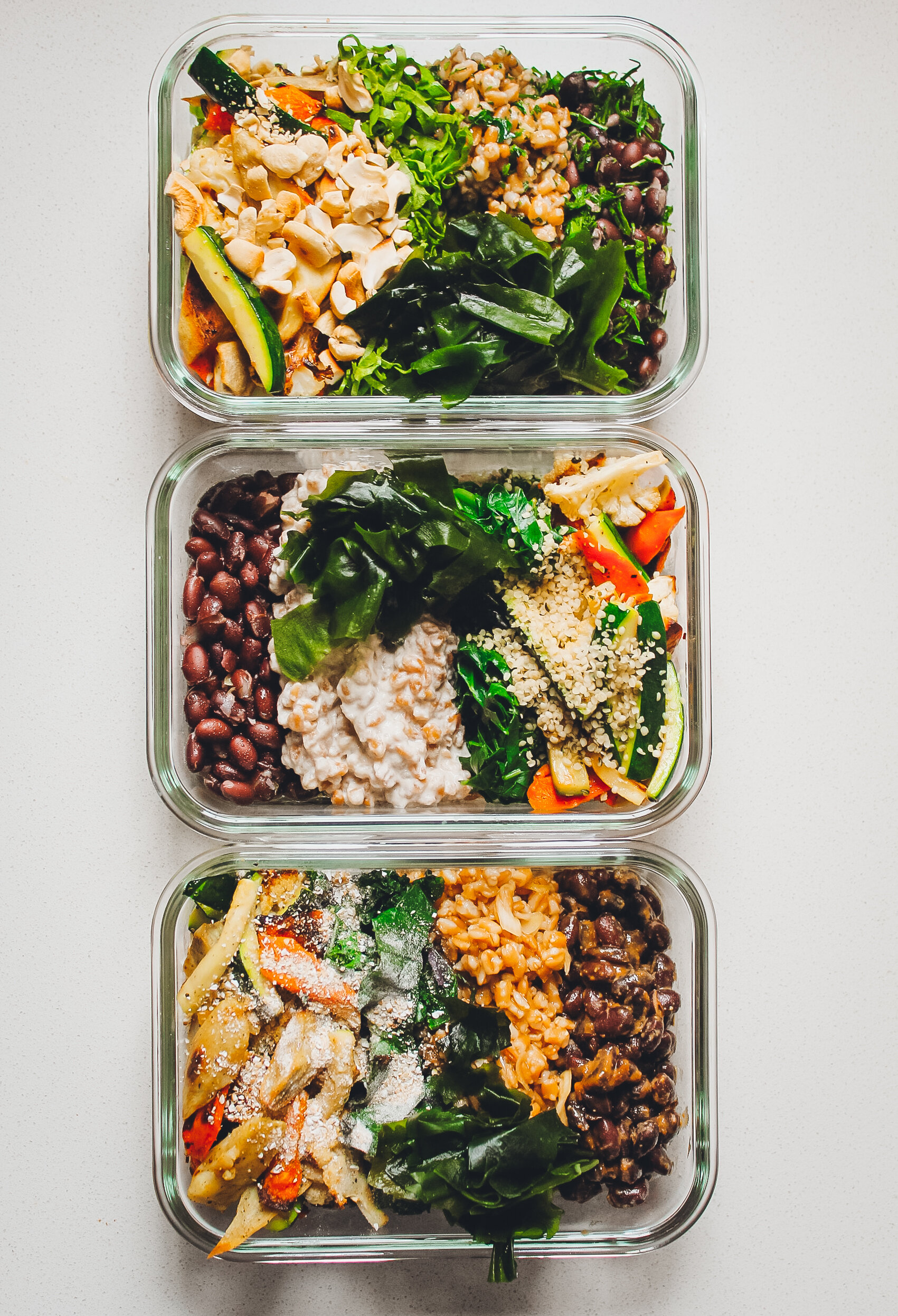
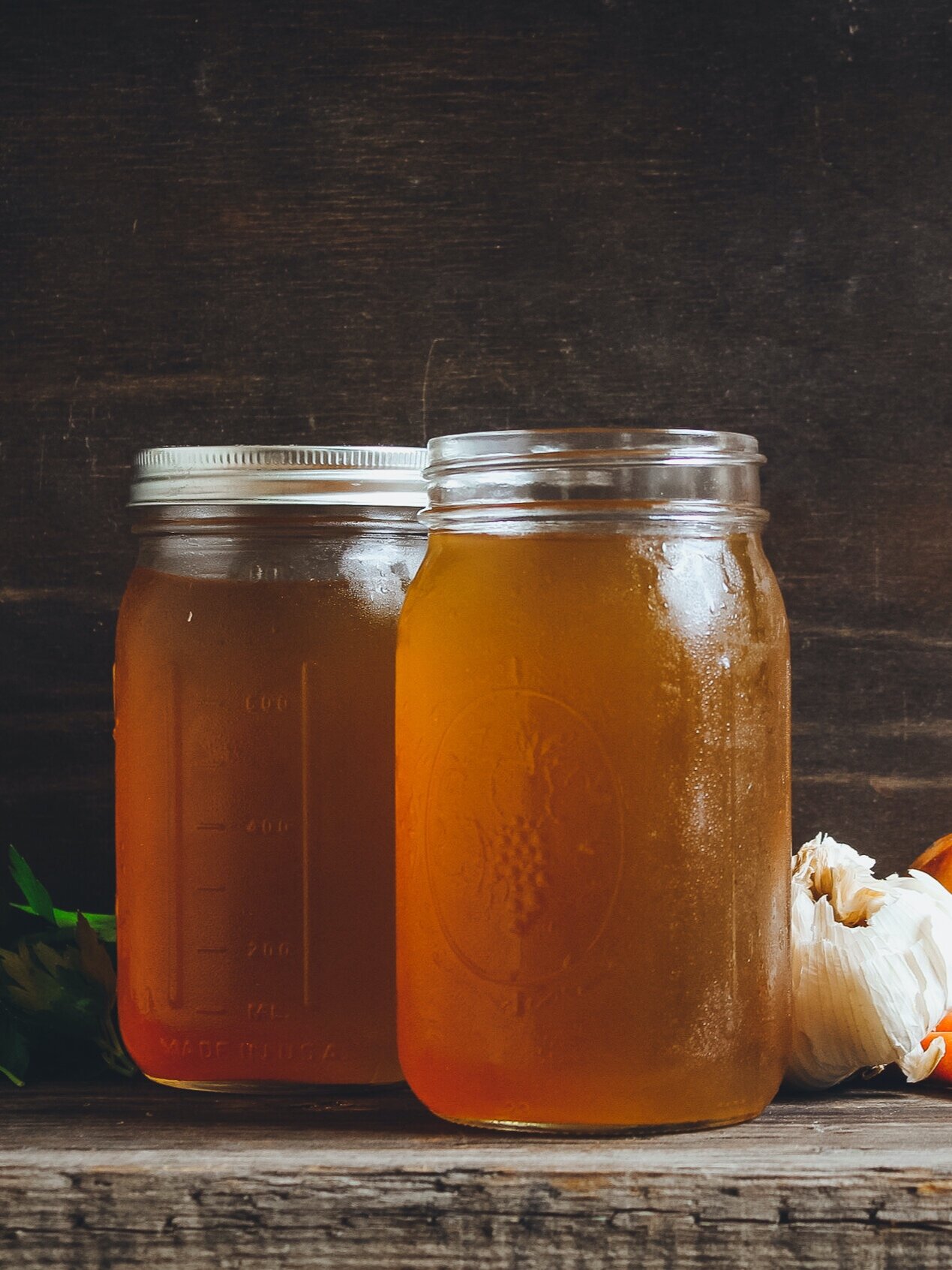
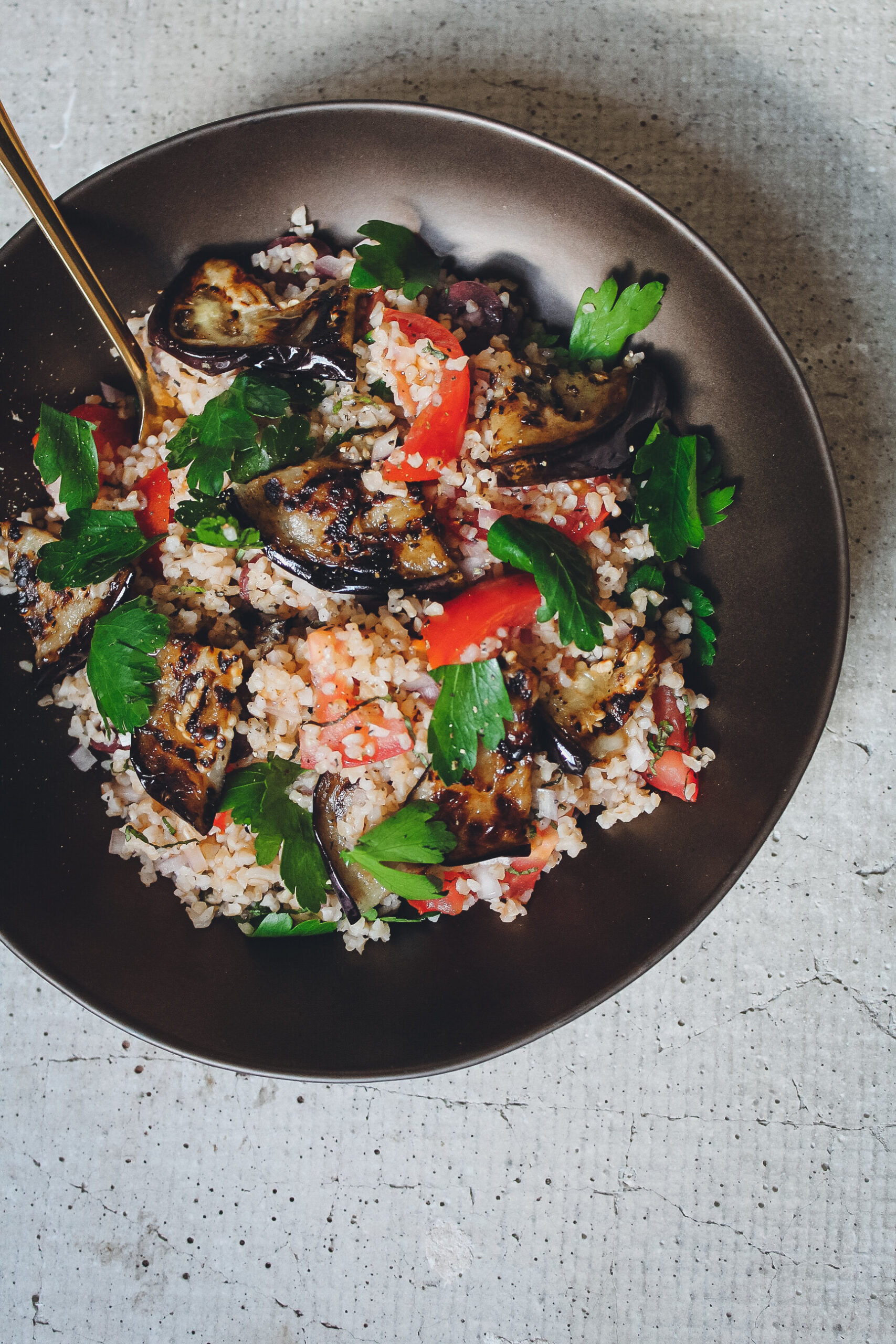
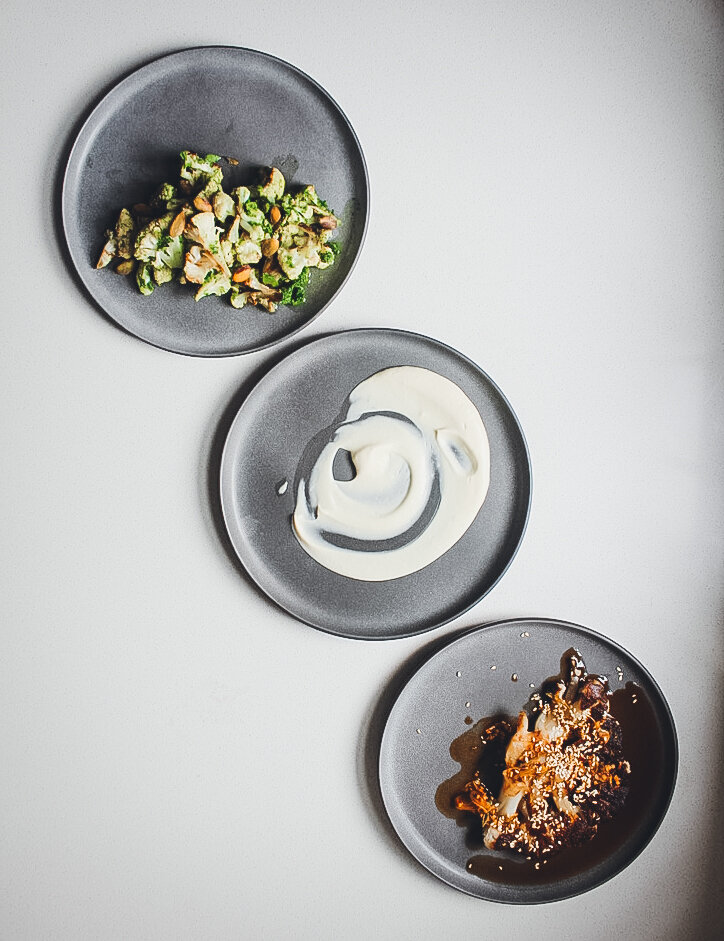
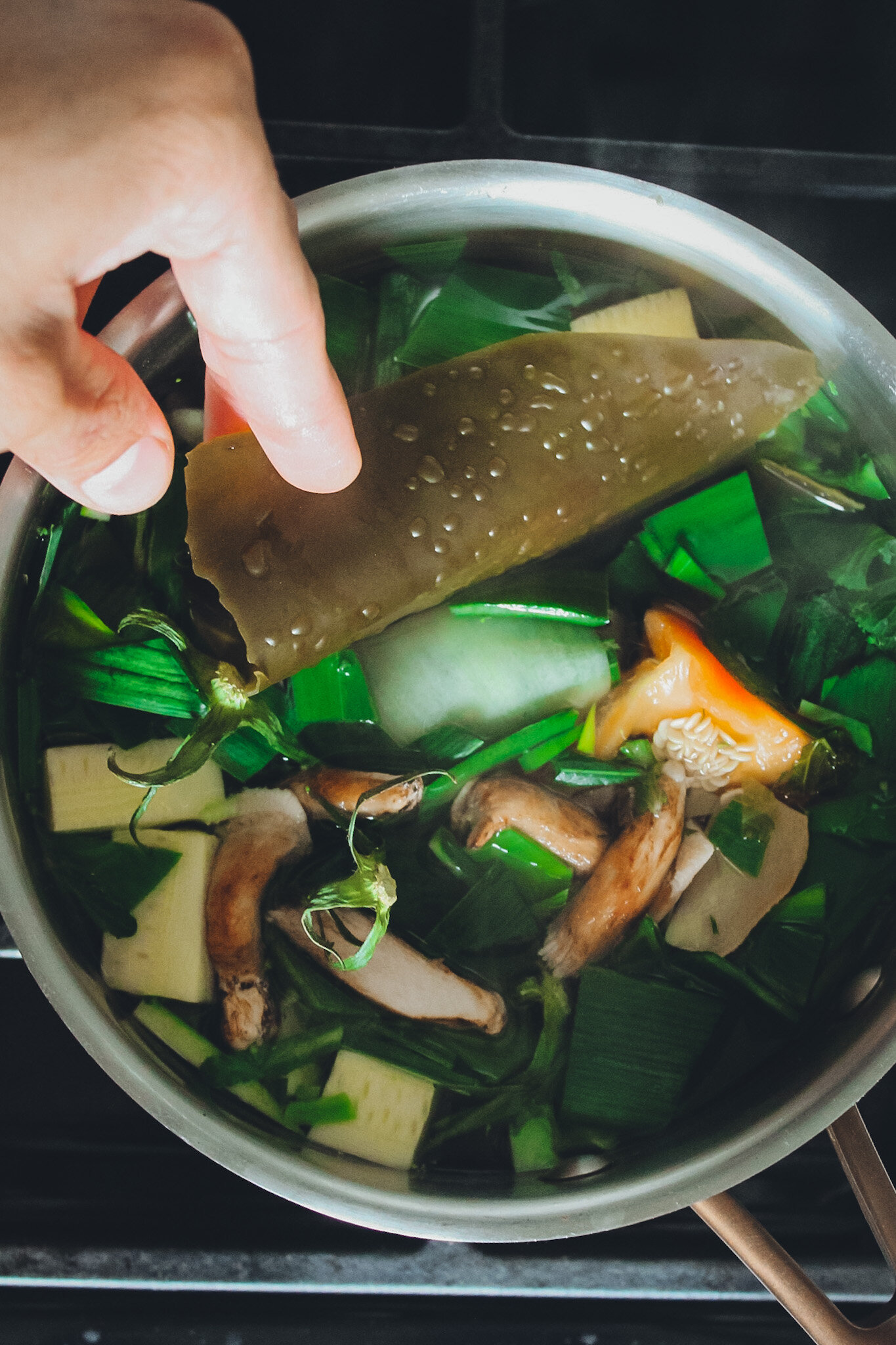
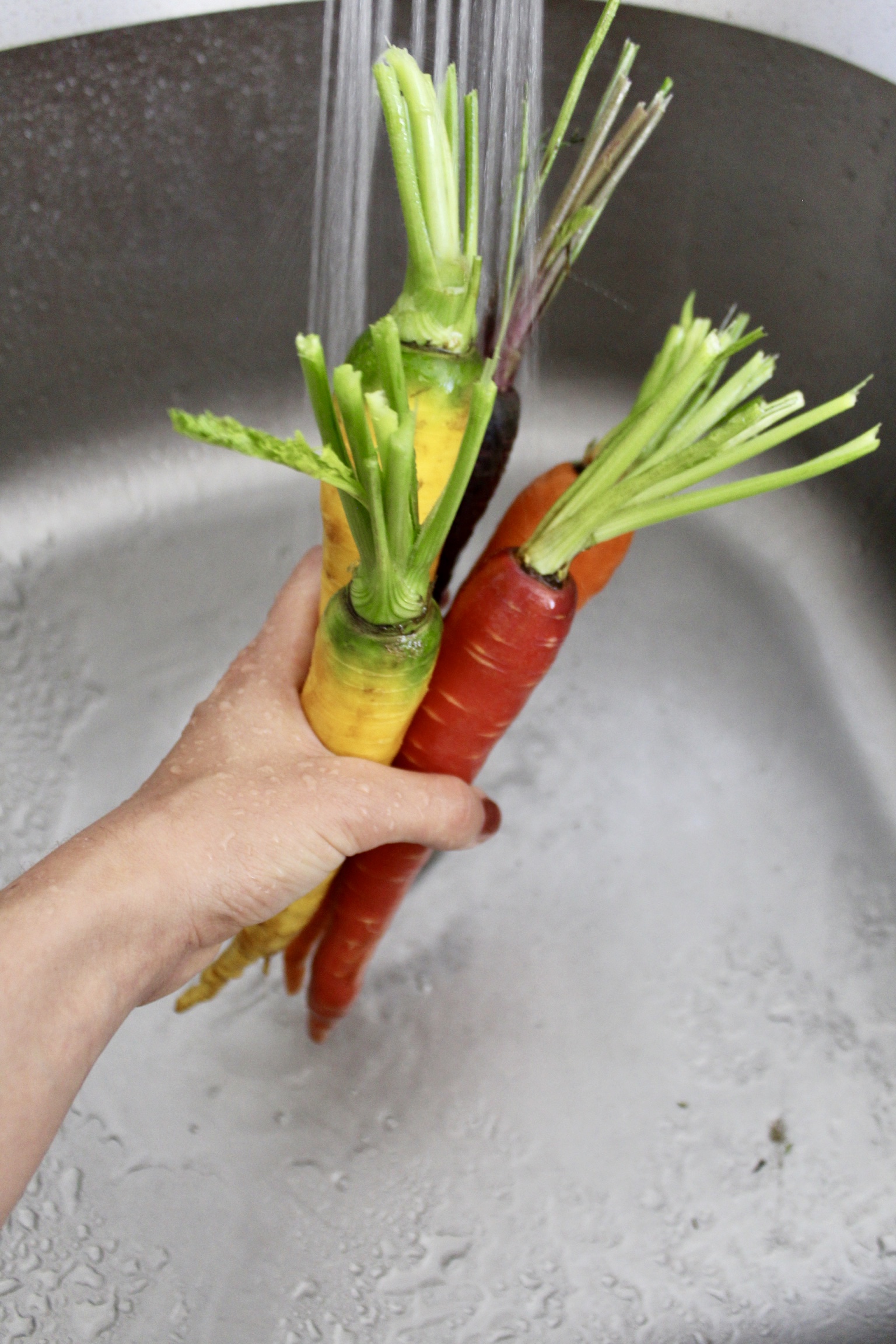
be the first to comment